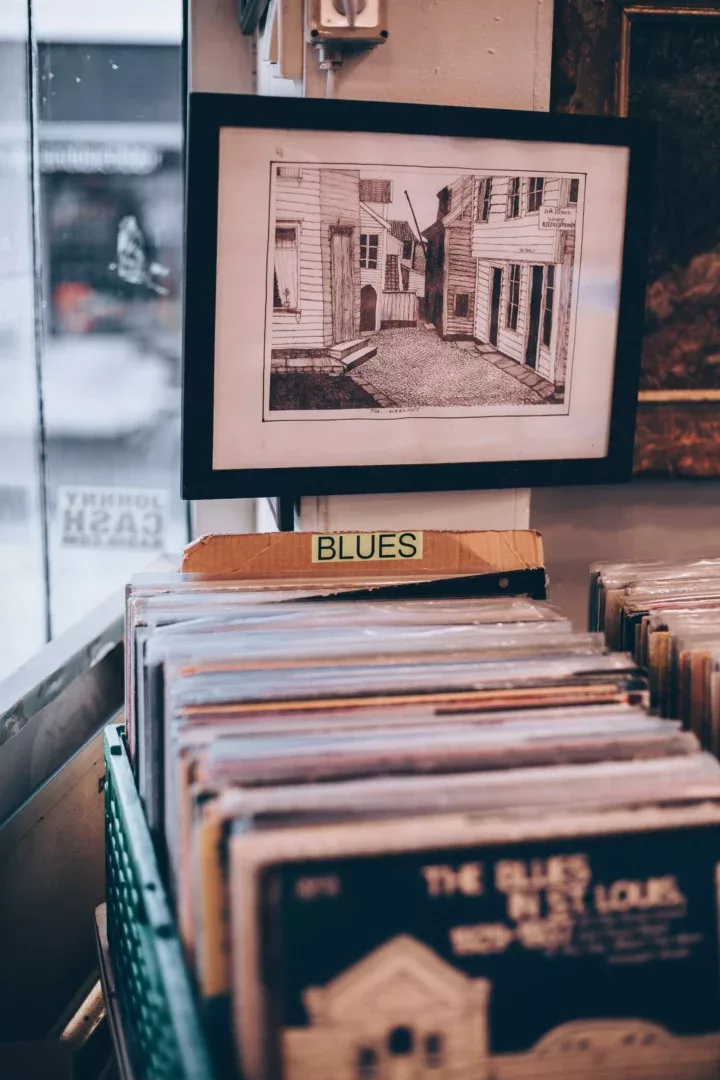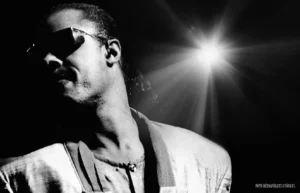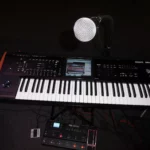
In this guide, we will explore the basics of how to play 12 bar blues for piano, breaking down the structure, chords, and techniques to help you master this classic musical form.
Related:
The Best Jazz Pianists of All Time: Ranked (Top 32)
The Best Music Theory Books for Beginners (Top 10)
How to Find Middle C on a Piano
How to Play the 12 Bar Blues: Expert Guide
Contents
What Is the 12 Bar Blues?
The 12 bar blues is a repeating 12 bar musical form that cycles around and allows musicians to solo or improvise over the chord changes.
It starts with 4 bars on chord 1 (the tonic), to chord 4 (2 bars), back to chord 1 (2 bars), and then to chord 5 (1 bar), followed by chord 4 again (1 bar), and finishing with chord 1 for the last 2 bars of the form.
The 12-bar blues is a fundamental and iconic musical structure that has its roots deeply embedded in the history of blues music. Blues came before jazz, and blues music is still played today.
This timeless form has been embraced by various genres, making it an essential structure for any aspiring pianist (and guitarists, bassists, and other instrumentalists) to learn.
12 Bar Blues Tutorial for Piano
Many people now choose to learn music online with the help of video guides. The following jazz piano lesson on how to play the 12-bar blues will help you to master this structure, and it also looks at how to improvise, how to play basslines, chords, and more!
Understanding the 12 Bar Blues Structure
The 12-bar blues is characterized by its simple yet powerful structure, which consists of 12 bars or measures.
The basic chord progression typically follows the I-IV-V pattern, where the Roman numerals represent the degrees of the scale. For example, in the key of C, the chords would be C7 (I), F7 (IV), and G7 (V).
The standard 12-bar blues progression looks like this in the key of C:
| C7 | C7 | C7 | C7 | | F7 | F7 | C7 | C7 | | G7 | F7 | C7 | C7 |
Mastering the Chords
To play the 12-bar blues on the piano, you need to be familiar with the basic seventh chords. In the key of C, this involves the C7, F7, and G7 chords. Practice transitioning smoothly between these chords, paying attention to the distinctive sound of each.
- C7 Chord: C, E, G, Bb
- F7 Chord: F, A, C, Eb
- G7 Chord: G, B, D, F
Experiment with different inversions and voicings to add variation to your playing. Get comfortable with the rhythm and flow of the chords, as the 12-bar blues relies heavily on a steady, consistent groove.
Other common keys used for the 12 bar blues include E and A (ideal for guitar), Bb and Eb (great for piano, guitar, and horns), and G or D major.
Playing the 12 Bar Blues Progression

Once you’ve mastered the chords, it’s time to put them into the 12-bar blues progression.
Start by playing the chords in a simple, steady rhythm, focusing on maintaining a bluesy feel. Use your left hand for the chords and your right for improvisational elements. If you find two-handed playing difficult, focus on one hand at a time.
Experiment with different patterns and embellishments, such as adding grace notes, trills, or bluesy slides to your playing. The goal is to infuse your interpretation with personality and emotion, capturing the soulful essence of the blues.
Adding Bluesy Licks and Riffs
To truly capture the spirit of the blues, incorporate bluesy licks and riffs into your playing. Experiment with the blues scale, which typically includes the root, minor third, fourth, tritone, fifth, and minor seventh.
In the key of C, the minor blues scale would be:
C, Eb, F, Gb, G, Bb, C
The minor blues scale formula is 1 – ♭3 – 4 – ♭5 – 5 – ♭7
There is also the major blues scale, which is based on the pentatonic scale.
C, D, E♭, E♮, G, A
The major blues scale formula is 1 – 2 – ♭3 – 3 – 5 – 6
Combine these notes with your chord progressions, creating expressive and soulful improvisations. Don’t be afraid to explore different registers of the piano and experiment with dynamics to add depth to your playing.
Listen to the Blues
Listening to famous blues and jazz pianists will help you to understand and master the 12 bar blues progression.
You will also hear commonly used licks and phrases, and start to build your ‘jazz language‘ which will help you to create more interesting music when improvising.
Some notable blues musicians to listen to include:
Related:
How to Find a Piano Teacher (In 8 Steps)
How to Find the Key of a Song by Ear? Expert Guide
Conclusion
Mastering the 12 bar blues on the piano is a rewarding journey that allows you to tap into the rich history of blues music.
As you become more comfortable with the chords, progressions, and improvisational elements, you’ll develop a unique style that reflects your connection to this timeless musical form.
So, grab a seat at the piano, embrace the blues, and let your fingers tell the story of this enduring musical tradition.







